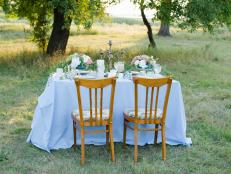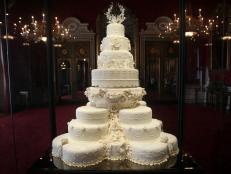1 / 6
Photo: Matteo De Stefano / Matteo-Destefano.It ©
Rice Toss
Weddings are laced with symbols of fertility and abundance, and this rather odd custom of showering couples in rice is just one more way to wish them a lifetime of fruitfulness. The ancient Romans started the trend, tossing wheat and other grains — symbols of fertility — onto the newlyweds. The meaning of the gesture was slightly altered during the Middle Ages, when tossing it on the couple was believed to provide them with many children.










































